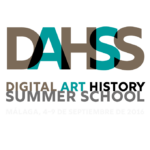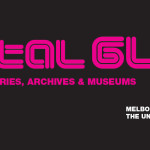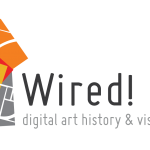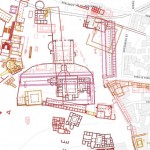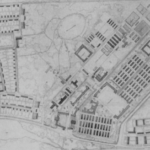
A Plan, A Testimony, and A Digital Map: Analyzing the Architecture of the Holocaust The Power Institute and the Sydney Digital Humanities Research Group are pleased to present a lecture by Paul Jaskot, Professor of Art, Art History & Visual Studies, Duke University. Taking an architectural plan and a specific survivor testimony as examples, Jaskot’s lecture will explore how recent methods in the Digital Humanities–particularly digital mapping–can be used to investigate plans and testimonies to raise new questions about the spatial and historical significance of the Holocaust. About the Lecture The Holocaust was a profoundly spatial experience that involved not only the movement of millions of European Jews but also their confinement and murder in sites specifically built for the genocide. Paul Jaskot’s talk addresses how perpetrators thought of their building projects and, conversely, how victims experienced these oppressive spaces. Analyzing the architecture of the…

